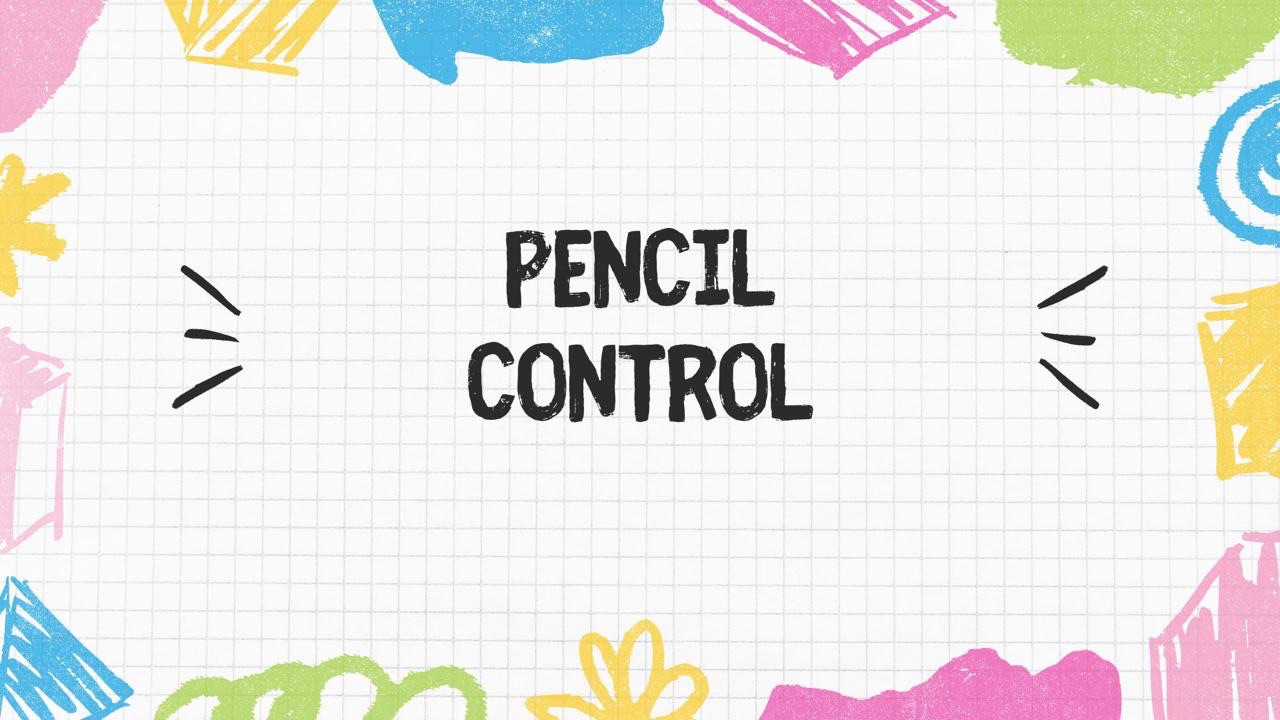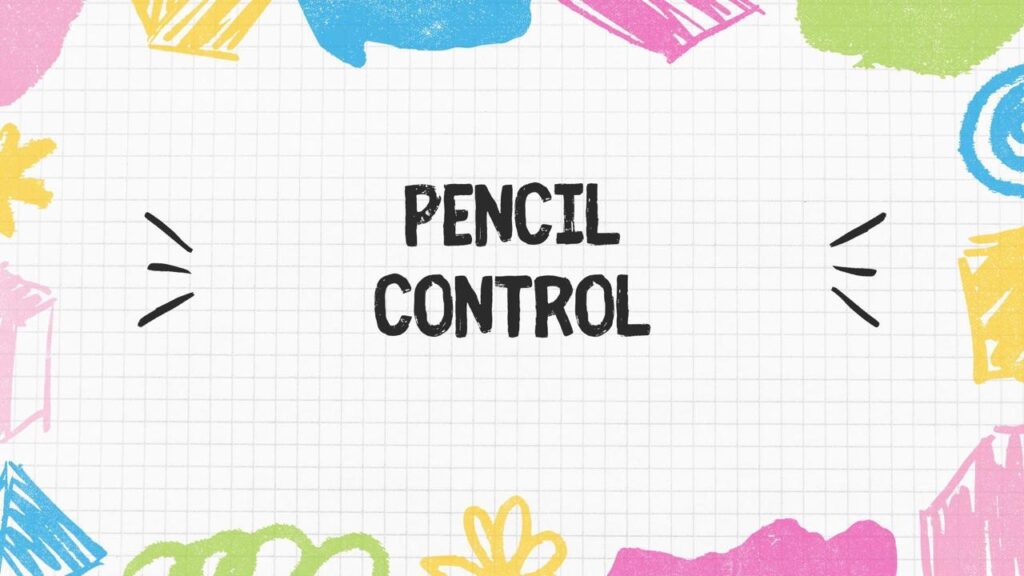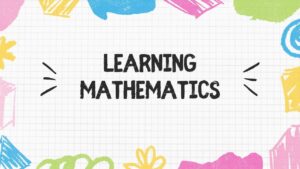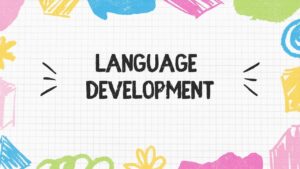Importance of Pencil Control for children


Importance of Pencil Control for children
As both a child therapist and the mother of a vibrant four-year-old daughter, I’ve seen the immense importance of pencil control from two vital perspectives. It’s not just about writing neatly; it’s about fostering fine motor skills, cognitive development, and academic readiness. Watching my daughter and working with other children, I’ve witnessed how crucial mastering pencil control is and how it evolves with age.
Early Beginnings: Palmar Supinate Grasp (1-2 years)
When my daughter was a toddler, her first attempts at holding a crayon were fascinating. She used what we call the palmar supinate grasp, gripping the crayon in her fist with her thumb pointing down. This stage, around one to two years old, is all about exploration. Her scribbles, though seemingly random, were the initial steps in developing the muscle strength and coordination needed for writing. In my practice, I encourage parents to let their children scribble freely at this stage. These early marks are foundational for their motor development and set the stage for more refined skills.
Progression: Digital Pronate Grasp (2-3 years)
As my daughter grew, around two to three years old, her grip changed to the digital pronate grasp. She started holding the crayon with her fingers pointing towards the tip, palm facing down. This grip allowed her more controlled movements, and it was incredible to see her fine motor skills improve. Activities like coloring books and simple drawing tasks became more engaging for her. In therapy, I see how crucial this stage is for children, as they start to gain better control and coordination.
Developing Skills: Static Tripod Grasp (3-4 years)
By the age of three to four, my daughter began using the static tripod grasp. She held her crayon with her thumb, index, and middle fingers, while her ring and little fingers provided support. Although the movement was still controlled by her whole hand, this grip was a significant step towards more precise control. At home, we practiced drawing shapes and letters, which helped her develop the necessary skills for writing. In my sessions with children, I emphasize the importance of this stage and encourage parents to provide activities that promote this grip.
Mastery: Dynamic Tripod Grasp (4-6 years and beyond)
Now at four, my daughter has transitioned to the dynamic tripod grasp, the most efficient and mature pencil grip. She holds her pencil with her thumb, index, and middle fingers, allowing for precise and fluid writing movements. It’s heartwarming to see her write her name and draw detailed pictures with confidence. In my professional experience, this stage is crucial for children as they prepare for school. Proper pencil control ensures they can write legibly and efficiently, which is fundamental for academic success.
The Academic Connection
Proficient pencil control is directly linked to academic performance. Children who develop good pencil control early on are better equipped to handle the demands of schoolwork. Writing is fundamental in nearly all subjects, and being able to write efficiently helps children express their ideas clearly and keep up with classroom tasks. In my practice, I often see children who struggle with pencil control face challenges in completing writing assignments, which can affect their confidence and overall performance.
Encouraging Proper Pencil Control
As a mother and therapist, I know the importance of creating a supportive environment for developing these skills. Providing age-appropriate writing tools, like thicker pencils for younger children and standard pencils as they grow older, is crucial. Engaging children in activities that enhance fine motor skills, such as coloring, cutting with scissors, and playing with clay, can make a significant difference. Teaching the correct pencil grip and offering plenty of positive reinforcement helps children develop good writing habits.
Watching my daughter develop her pencil control skills has been a journey filled with small triumphs and milestones. Pencil control is more than just neat handwriting; it’s about building the foundation for fine motor development, cognitive abilities, and academic success. Understanding the different stages of pencil grips and supporting children through each phase is essential for their overall development. As both a mother and a therapist, there’s nothing more rewarding than seeing children succeed and knowing you’ve played a part in their growth.

